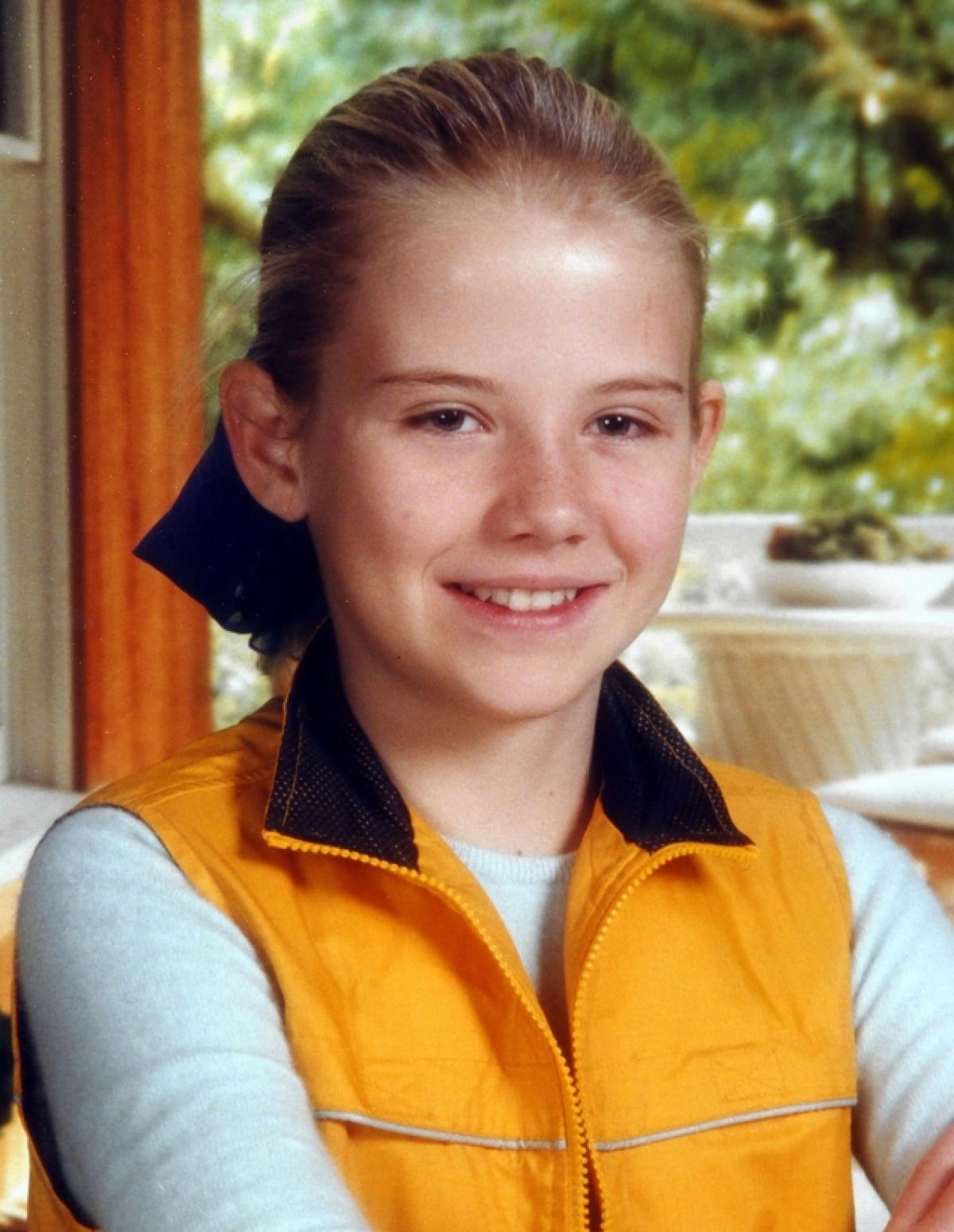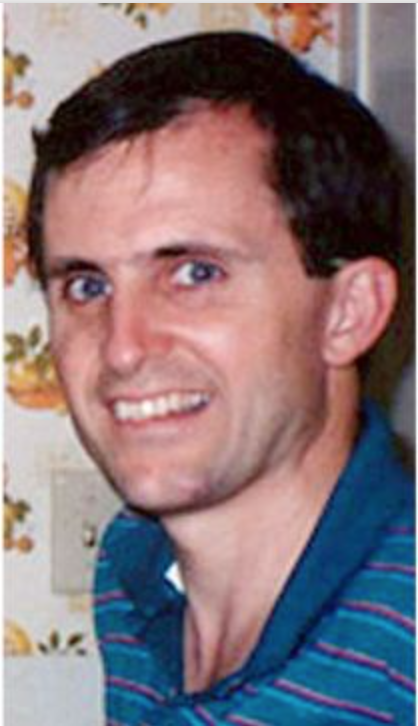24 The Elizabeth Smart Case: A Study in Narrativized News
Clint Johnson
It began with an open window.
Elizabeth Smart, a fourteen-year-old Mormon girl living in Salt Lake City, was asleep in the early morning hours of June 5th, 2002. Her nine-year-old sister Mary Katherine, who slept in the same room, woke as a man crept in the window. Frightened into pretending to sleep, Mary watched the intruder wake her sleeping sister and threaten her with a knife, saying, “You better be quiet, and I won’t hurt you.”
Moments later, both the intruder and Elizabeth were gone, leaving the nine-year-old to seek help from her sleeping parents.
The man led the captive girl to his camp in the woods, where his wife, Wanda Barzee, ritually washed Elizabeth’s feet, a Biblical tradition. The kidnapper performed a ceremony he said married Elizabeth to him and proceeded to rape her.
The day after the kidnapping, the Smarts held a press conference pleading for whoever took their daughter to return her safely home. Soon after, 2,000 volunteers swept the area around the Smart home, even using dogs and aircraft to aid the search. They uncovered nothing.
As months passed, the police investigation uncovered hundreds of potential suspects, eventually focusing on a 26-year-old drifter named Bret Michael Edmunds. Suspicion intensified on Edmunds until he was discovered in a West Virginia hospital after suffering an overdose.
Primary suspicion then turned to a handyman previously hired by the Smarts, Richard Ricci, who was in police custody for other reasons. Ricci, on parole for the attempted murder of a police officer, was charged with felony burglary charges in the neighborhood of the Smart home. Despite pressure to confess from local police, Ricci refused until dying in jail of a brain hemorrhage. All leads died with him.
The Smart family, with extended kin, refused to let the lack of developments silence media coverage. They started a website to serve as a resource for the investigation and provided media with home videos of Elizabeth as a child and teenager.
Then, in October of 2002, Mary Katherine suddenly remembered where she had heard the kidnapper’s voice: “I think I know who it is,” she said. “Emmanuel.”
Emmanuel (“God is with us” in Hebrew) had done a single day’s paid yard work for the Smarts as well as spread word throughout the Salt Lake homeless population that the family was interested in hiring for odd jobs. When Mary Katherine told police she suddenly and without apparent cause remembered the kidnapper’s voice as that of a man she had met briefly more than a year before, police did not believe her. The Smart family publicly accused police of not following up on the lead.
The family then hired a sketch artist to draw “Emmanuel’s” face according to their memories and distributed the drawing to all interested media with the help of America’s Most Wanted host John Walsh. Emmanuel’s family recognized the drawing and reported the man’s actual name: Brian David Mitchell.
On March 12, 2003, nine months after the abduction, an alert citizen in Sandy, Utah, who learned about the kidnapping on television, spotted Mitchell traveling with two people and contacted police. When officers approached the trio for questioning, they discovered Mitchell, Barzee, and, disguised in a gray wig and veil, Elizabeth.
Mitchell and Barzee were arrested. Initial psychological assessment announced Mitchell delusional and not competent to stand trial; the ruling was then superseded by the court. But when the trial began and Mitchell acted out demonstrably in court, shouting religious condemnations, scripture, and hymns, the judge ruled the behaviors suggested psychosis. Mitchell was placed in the care of Utah State Hospital for pathological paranoia.
In February of 2006, a bill passed the Utah legislature allowing for forcible medication of defendants to ensure competence to face trial. In June, a judge approved forcible medication of Barzee so she could stand trial. A similar motion regarding Mitchell proved highly controversial, eventually reaching federal court on October 10, 2008. Intense debate raged as to whether Mitchell was genuinely delusional or merely highly manipulative, with expert witnesses testifying to both perspectives. Mitchell was finally declared competent to stand trial.
Years before, negotiations in a plea deal had reached an impasse primarily on one point: Mitchell’s defense demanded that Smart not testify in court. Eight years after taking Elizabeth out the window in view of her sister, Mitchell stood trial for the crime. The trial lasted more than four weeks. Smart testified in the presence of Mitchell for three days, recounting nine months of rape, sometimes multiple times a day, and being forced to watch pornographic films and drink alcohol to erode her resistance.
Elizabeth’s testimony sealed her abductor’s conviction. Mitchell was sentenced to two life sentences in federal prison.
*****
In 2002, the year Smart was taken, police received more than 800,000 reports of missing people under eighteen years of age (Beam). CNN failed to report almost any. Meanwhile, as of 2014, they reported 498 times on the kidnapping of Elizabeth Smart.
Why such exhaustive coverage of the Smart case while so many other missing children cases went unreported by national media?
One reason, likely among many others, is the Smart case lent itself readily to traditional story structure:
- Heroes in Smart’s parents, who were wealthy enough to stay in the public eye, and eventually Smart herself, a victim straight from central casting: young, female, blonde, attractive, wealthy, white.
- A villain the caliber of Hannibal Lecter in Brian David Mitchell, who became a national boogie man: clinical psychotic, kidnapper, pedophiliac, polygamist, excommunicated radical Mormon, and self-proclaimed messiah.
- A clearly established beginning—Mitchell spiriting Smart out her open window, as attested to by Mary Katherine—and progression in the form of supposed sightings, a string of dismissed suspects including Edmunds and Ricci, and Smart’s parents consistently keeping their missing child in the media with interviews and home movies.
Most tragically, other kidnapping stories lacked the victorious climax of the Smart case, in which Elizabeth, recovered mere miles from her house, became what the father of archetypal theory, Joseph Campbell, termed the “master of two worlds.” Smart emerged from the ordeal possessed of an ability to reconcile her horrific experience with confidence in herself, the wider world, and her old faith—what to most would be an irreconcilable paradox.

Smart’s kidnapping readily lent itself to being told as a traditional narrative, with a clear perspective on heroes and villains, and a dramatic conflict progressing through multiple obstacles to a victorious climax and resolution. It was a story begging to be told, and news outlets did so again, and again, and again, meeting public demand.
 Other missing persons cases of 2002 did not make such a neat tale. Few kidnappings open with such crisp drama as a little girl watching a knife-wielding man usher her sister out the window. Rarely are victims as easily identifiable as the pretty Smart, nor the perpetrators as absorbingly disturbed as Brian David Mitchell. Sadly, many such cases suffer from few developments and whisper into nothing, with no resolution whatsoever to comfort grieving families.
Other missing persons cases of 2002 did not make such a neat tale. Few kidnappings open with such crisp drama as a little girl watching a knife-wielding man usher her sister out the window. Rarely are victims as easily identifiable as the pretty Smart, nor the perpetrators as absorbingly disturbed as Brian David Mitchell. Sadly, many such cases suffer from few developments and whisper into nothing, with no resolution whatsoever to comfort grieving families.
Story is the primary way we make meaning from life. And so, sadly, the 800,000 missing children cases that didn’t easily fit story structure did not “mean as much.” Thus, they were underreported or not reported at all.
This same story dynamic is a fundamental component of any method we use to understand our world: from journalism to gossip, in history and religion. Unlike life, stories present clear meaning. We perk up when we hear them told, and remember them long after. We reflect on and re-tell them, sometimes reinventing them in the process.
Stories with narrative structure, stories that feel like stories, get told and retold. Those that do not, sometimes despite their importance, languish untold or are quickly forgotten.
Works Cited
Beam, C. “800,000 Missing Kids? Really?” Slate, The Slate Group. 17 Jan. 2007. Web. 30 Nov. 2014.
CNN. “Elizabeth Smart” [archive search]. CNN, The Turner Broadcasting System. 21 Nov. 2014. Web. 30 Nov. 2014.

